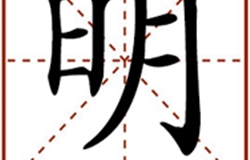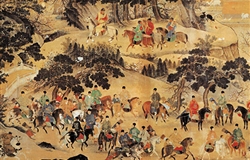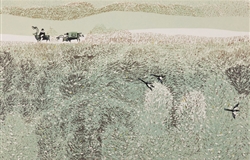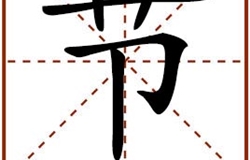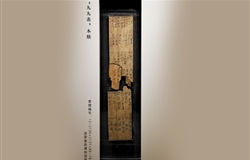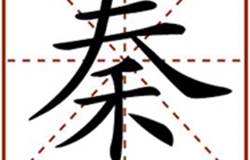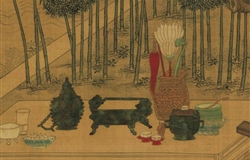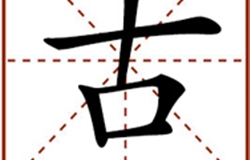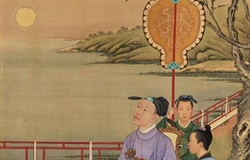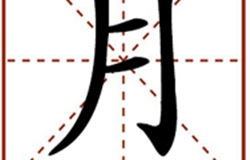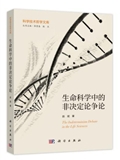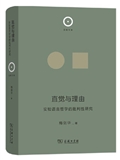Culture
-
This character has various meanings. It is usually used as an adjective, meaning “to be bright, light, explicit or obvious.” It als…[详细]10-17-2019
-
"The Xuande Emperor’s outing" by the Ming artist Shang Xi Photo: FILE Social transformation during the late Ming Dynasty ceas…[详细]10-17-2019
-
A painting dubbed the 18th of the 24 Solar Terms, Frost’s Descent, by Zhou Shenghua (1948–2000), a contemporary Chinese artist Phot…[详细]10-10-2019
-
A Liye slip featuring the multiplication formula in Chinese characters Photo: CHINA DAILY The ruins of the ancient town of Liye w…[详细]09-26-2019
-
A detail from “The Eighteen Scholars,” a painting by the Song artist Liu Songnian (c. 1155–1218), reveals the aesthetic taste of…[详细]09-23-2019
-
“The Qianlong Emperor Admiring The Moon” by an unknown artist of the Qing Dynasty Photo: FILE It is generally believed that the …[详细]09-12-2019
- In 221 BCE, the Qin wars of conquest brought an end to the Warring States Period, a tumultuous era marked by…MORE
- The tradition of painting coffins is deeply rooted in Han culture, and the origin of the lian-bi patterns ca…MORE
- China’s Great Wall dates back as early as to the Spring and Autumn period.MORE
- The Miaodigou culture was viewed as the heyday of painted pottery.MORE
- Xu Zhimo was known for his efforts to set Chinese poetry free from the constraints of its traditional forms,…MORE
-
Let me state that I am against a certain “apologetic” stance taken by the entire field of the humanities r…[详细]

